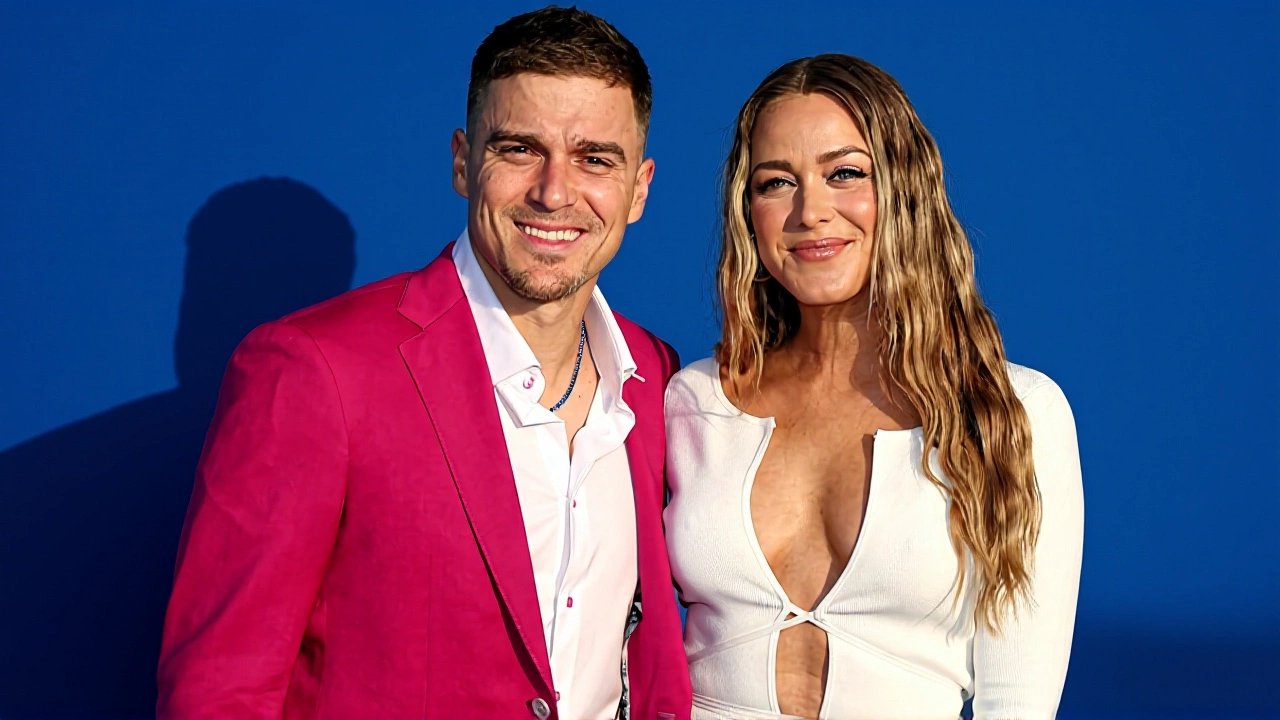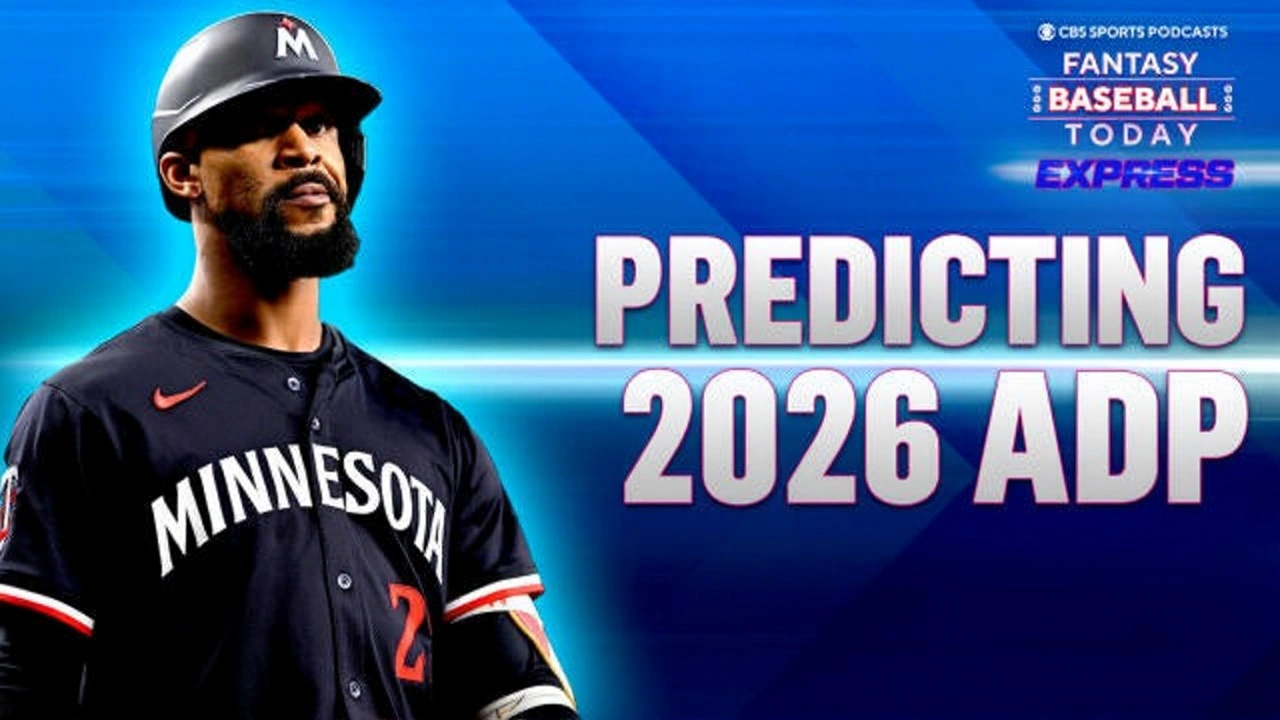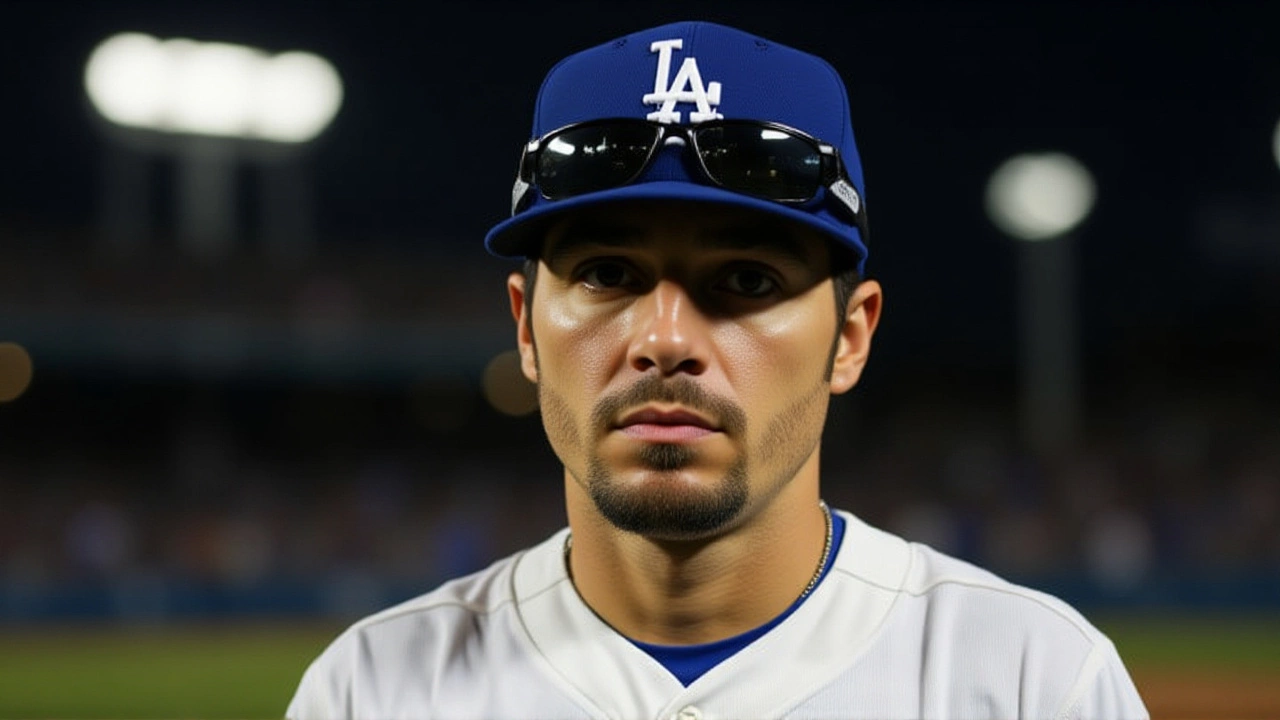When Enrique "Kiké" Hernández missed the Dodger Stadium home opener on March 27, 2025, clutching a bucket and unable to keep water down, fans immediately feared the worst: that his illness was the same one that nearly sidelined Mookie Betts just weeks earlier. The Los Angeles Dodgers weren’t just dealing with a bad case of the flu — they were wrestling with something stranger, more relentless, and deeply unsettling for a team that began the 2025 season with a record-setting 8-0 start.
What Happened to Mookie Betts?
It all started on March 11, 2025, during the final days of Spring Training in Arizona. Mookie Betts, the two-time NL MVP and five-time All-Star, began vomiting after meals. At first, it was dismissed as food poisoning. But it didn’t go away. By the time the Dodgers flew to Tokyo for their season-opening series against the Chicago Cubs on March 18, Betts had lost nearly 18 pounds — dropping from 175 to 157. He couldn’t keep solids down. Not rice. Not chicken. Not even a banana. He survived on smoothies and IV fluids. The team’s medical staff, led by head athletic trainer Stan Conte and team physician Dr. Neal ElAttrache, ran every test they could. No diagnosis. No smoking gun. Just silence.
On March 23, with the Freeway Series against the Los Angeles Angels set to begin at Dodger Stadium, Betts was listed in the lineup. Then, 90 minutes before first pitch, he was pulled. "Every time I eat something, it comes right out," he told reporters. "I feel great. I’ve been working out. But eating? That’s the one thing I can’t do." He returned to Los Angeles, rested, and by March 27, he was back in the lineup — still thin, still cautious, but playing. The mystery remained.
Kiké Hernández’s Sudden Collapse
Then came Hernández. On March 26, he texted manager Dave Roberts: "Didn’t sleep. Couldn’t keep anything down." By the next morning, he was too weak to even make it to the ballpark. "I got a text from him earlier today that he wasn’t feeling well," Roberts said. "We’re trying to just get some fluids in him, rest up, and hopefully we can stay away from him. But let’s just hope that it’s not what Mookie dealt with."
It was the same symptoms. Same timeline. Same terrifying unpredictability. Hernández, a veteran utility man who plays every position except pitcher, had been a rock in the Dodgers’ lineup since 2020. His absence wasn’t just a loss of depth — it was a signal that something was spreading. Or had returned.
"It’s something that we would have felt that it would have happened earlier," Roberts added, hinting at the eerie timing. Betts had been on the backside of his illness. Hernández was just starting. Were they exposed to the same source? Was it in the food? The water? The Tokyo hotel? The locker room? The organization never confirmed norovirus — but it was the only theory that fit.

The Team’s Descent Into Chaos
While the medical staff scrambled, the team’s performance collapsed. The Dodgers, who had set an MLB record with an 8-0 start, went 3-6 in their next nine games. On April 12, they were shut out 16-0 by the Chicago Cubs — the worst loss in franchise history. With the bullpen exhausted, utility infielder Miguel Rojas — a 34-year-old veteran who hadn’t pitched in a regular-season game since 2019 — took the mound in the ninth. He gave up three runs. The crowd was silent. The team was broken.
"I think it’s just a bumpy two weeks," Betts said on April 14. "We got a long time, we got a long season to go. This isn’t the first time we sucked for two weeks. It just happens that it’s right now. If we panic, things get worse. If we don’t panic, it looks like we don’t care. So what are we supposed to do?"
His words were calm. But the truth? The Dodgers were terrified. Not just of losing games — but of losing players. The illness had already taken two of their best. And now, with the team’s offense sputtering and the pitching staff stretched thin, every absence felt like a domino about to fall.

What’s Next? No Answers, Just Questions
As of March 28, Hernández remained at home, still recovering. Betts was playing — but barely eating. The medical staff still had no official diagnosis. No lab results. No confirmed outbreak. Just two star players, two identical symptoms, and a team wondering if they’re next.
First baseman Freddie Freeman, who missed the Tokyo series, was ruled out for unrelated reasons — a reminder that not every absence is connected. But in the locker room, whispers grew louder. Was it the sushi in Tokyo? The hotel ice? The shared protein shakes? The team’s nutritionist, Dr. Amanda Ruiz, reportedly began reviewing every meal served since March 10.
What’s clear is this: the Dodgers aren’t just fighting for playoff positioning. They’re fighting an invisible enemy. And right now, they’re losing the battle for their own bodies.
Frequently Asked Questions
Is Kiké Hernández’s illness the same as Mookie Betts’?
The symptoms are nearly identical: vomiting, inability to retain food, and rapid weight loss. Both players were asymptomatic otherwise, able to train and move normally — but unable to eat. While the Dodgers’ medical staff haven’t confirmed a diagnosis, the timing, pattern, and severity strongly suggest the same underlying cause, possibly norovirus or a similar gastrointestinal pathogen. Hernández’s case emerged right after Betts began recovering, raising concerns about lingering exposure.
How much weight did Mookie Betts lose?
Mookie Betts dropped from 175 pounds at the start of Spring Training in February 2025 to 157 pounds by late March — a loss of 18 pounds in under six weeks. He maintained his strength through workouts and IV hydration but couldn’t retain any solid food for nearly two weeks. Such extreme weight loss in an elite athlete is rare and alarming, even for viral illnesses.
Could this be norovirus?
Norovirus is the leading theory among medical insiders, given its rapid onset, vomiting as a primary symptom, and ability to spread in close quarters like team hotels and locker rooms. But the Dodgers never confirmed it. Unlike flu or COVID, norovirus rarely shows up on standard tests unless sampled during active shedding — which didn’t happen for either player. The lack of official confirmation leaves the team guessing.
Why did the Dodgers perform so poorly after their 8-0 start?
The combination of Betts’ absence, Hernández’s illness, and the psychological toll of the unknown created a ripple effect. Key hitters like Corey Seager and Teoscar Hernández also struggled at the plate. The pitching staff, already thin, was stretched further after the 16-0 shutout loss to the Cubs on April 12 — forcing position players like Miguel Rojas to pitch. Confidence eroded quickly. The team’s early success had masked underlying depth issues — and now, the cracks are showing.
Is there a risk to other players or staff?
Absolutely. Norovirus can linger on surfaces for days and is highly contagious. The Dodgers reportedly deep-cleaned the locker room, changed meal protocols, and restricted shared items like protein shakes. Still, with 40 players and staff moving through the facility daily, the risk remains. One more case could trigger a full-scale outbreak — and derail their season entirely.
When will Kiké Hernández return?
As of March 28, 2025, Hernández had not returned to the team. He was expected to be re-evaluated after 72 hours of fluid intake and rest. The Dodgers are being cautious — no one wants a repeat of Betts’ two-week ordeal. If he can keep liquids down and regain strength, he might return by early April. But if symptoms persist, he could miss the first homestand, further straining the roster.

